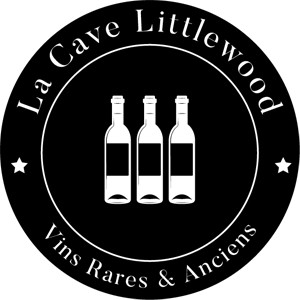No products
Wine tasting & conservation advices
Conservation
The first rule of wine conservation is the horizontal position. A bottle kept vertically will dry out the cork which will allow air to enter the bottle and will oxidize your precious nectar very quickly.
Reception
Wine is a fragile living being, imagine the trauma of an expedition across France (or even Europe). It is therefore logical to receive your package not to immediately open your bottle, but to give it a week (or more) of rest in your wine cellar.
Temperature
As a reminder, the ideal temperature of a cellar is between 12 ° C and 15 ° C, but remember the essential: the most important is that the wine must not undergo many changes of temperature. If your cellar is a bit hotter or cooler, it is not tragic as the temperature does not vary by 10 ° C every day. In general, the fresher is the the cellar, the slower is the aging of the wine, the hotter it is, and the faster the wine evolves.
Humidity
Keep in mind that the humidity level is very important. If your cellar has not enough humidity, the corks may dry out and lose their sealing. If the humidity level is very high (90-95%) your bottles are safe, but you can say goodbye to your labels. The recommended hygrometry level is around 75%.
All the wines are grey in the dark?
The wine fears the light. The bottles should always be kept in the dark. Light can deteriorate the taste of wine (especially white wines). The bottles of wine are generally green, this helps to filter the light and protect the wine.
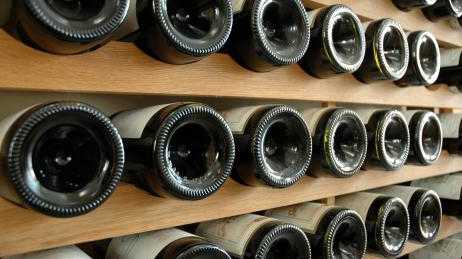
Old vintage wine tasting
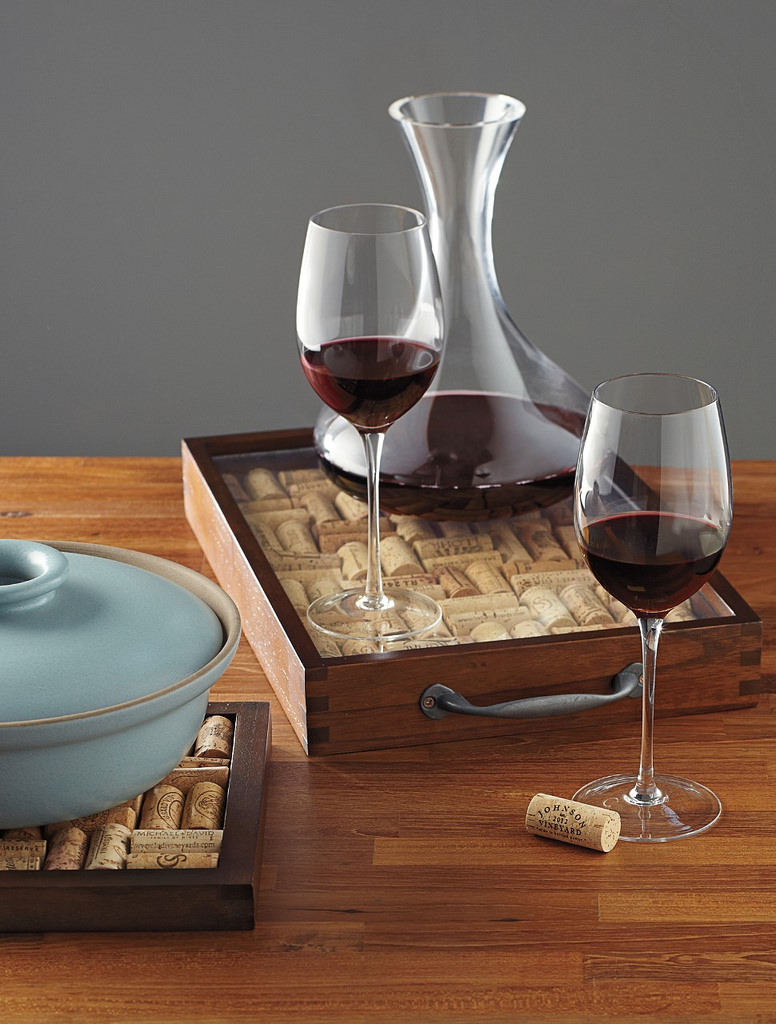
Préparatifs & ouverture
The tasting of a bottle of an (very) old vintage is a true ritual requiring patience and rigor in the various stages of preparation & service. After waiting 10, 20, or even 60 years in a bottle, an old wine will ask for gentle gestures. To begin, it is necessary to place your bottle in vertical position for at lesat 4-5h in order to precipitate the sediments at the bottom of the bottle. Nothing could be more disagreeable than enjoying a great vintage of Bordeaux that is crispy under the tooth.
Bring the wine to the desired temperature:- 17-18°C for red wines (15-16°C For Burgundies)
- 10-12°C for dry white wines
- 10-13°C for sweet white wines
- 7-9°C for champagnes and sparkling wines (12-14°C for the best Champagnes)
- 4-5°C for ... bad wines ;) A very fresh serving temperature will hide wine defects. In short, do not drink bad wines ;)
Cut the capsule from the bottle by cutting under the ring. If we cut above, contact between the wine and the metal cap may provide an unfortunate taste to the wine. Clean the surface of the corck (probably dirty), then use all your delicacy using your corkscrew (there is not any better than others, so it is only depending on your taste and ease). A decade-old cork is likely to break, even to sink into the neck. Do not panic ! In the worst case, filter the wine by serving with a small small kitchen strainer (or even the half of a teaball strainer).
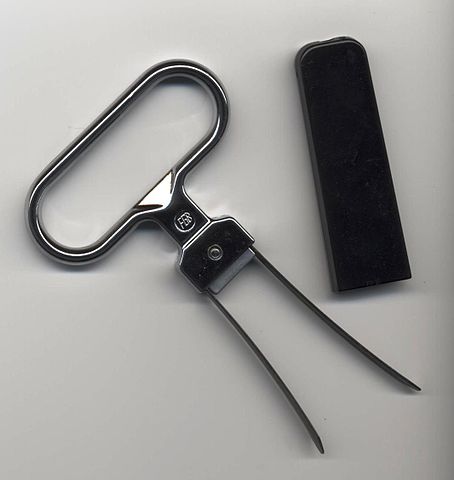
Decanting or not decanting ?
Decant a young wine can help deploy its aromas. Indeed, the use of the carafe allows a rapid oxygenation of the wine (the greater the surface of contact between the wine and the air, the faster the oxygenation). On a young wine, the passage in a decanter can appease tannins too strong, and also release aromas still prisoner of the oack of the barrel.Yes, but for an old wine !?
Well ... Yes and no! :)
Yes but then why "yes and no" to the decanter ? Well, in very rare cases (often very great wines), nothing happens in the glass. We wait, check the evolution regularly ... Nothing. Then we can our last hope: the decanter. Another tip: prefer narrower carafes to obtain a slower oxygenation ("duck shape") which looks like the shape of ... the body of a duck ).
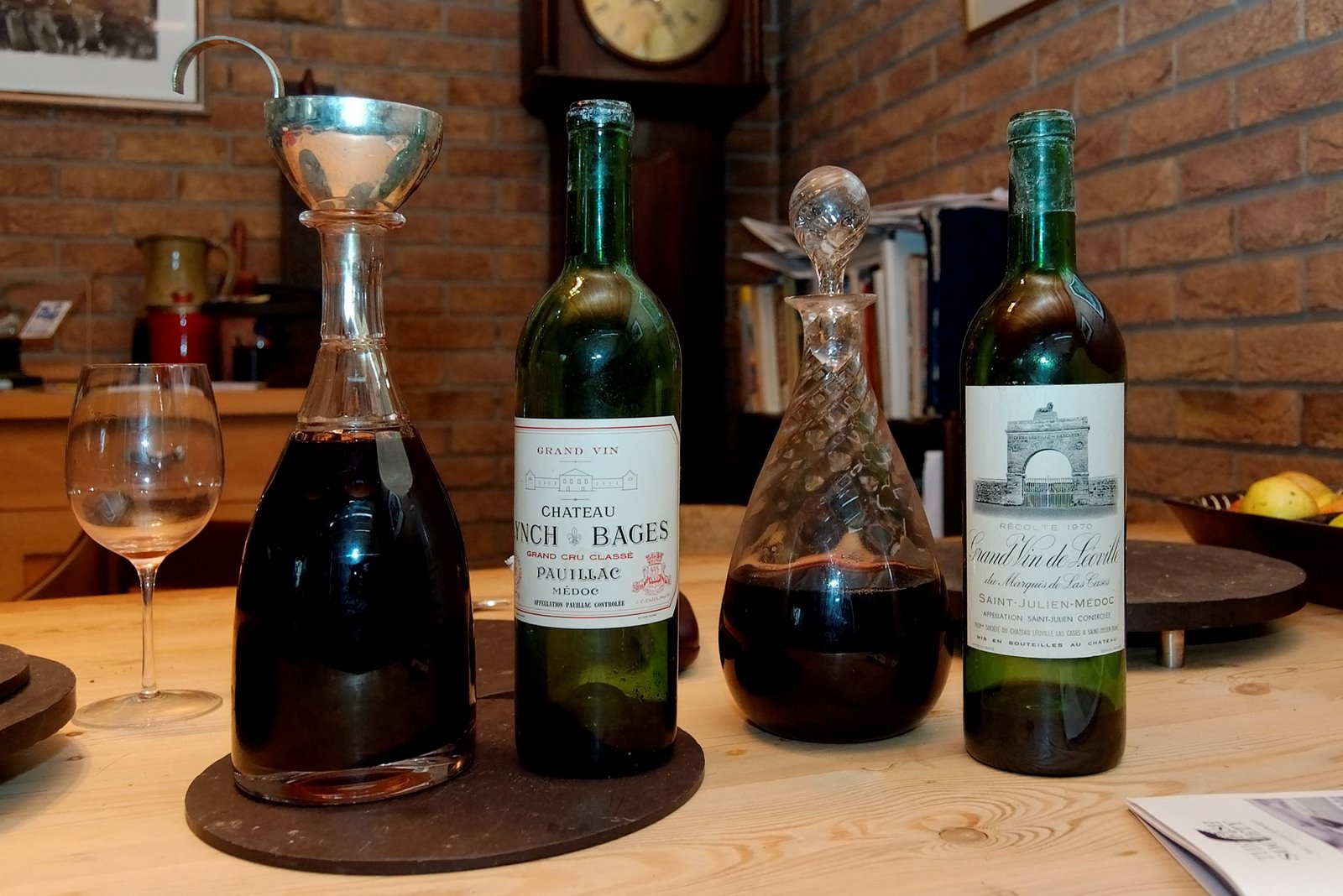
Each case is different, so keep in mind: be patient ! It is the wine that decides the time of the tasting, not you.
Cheers !
